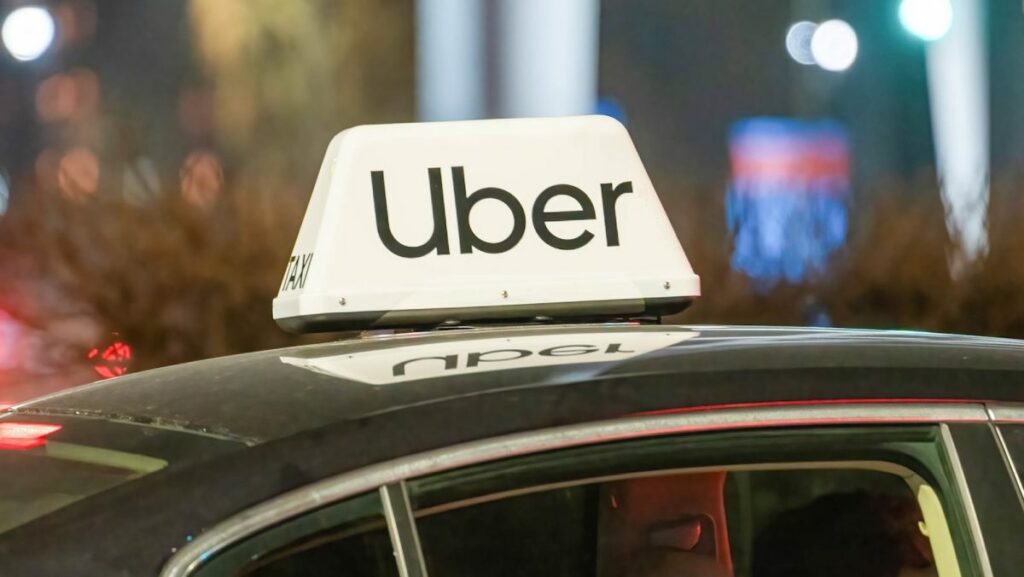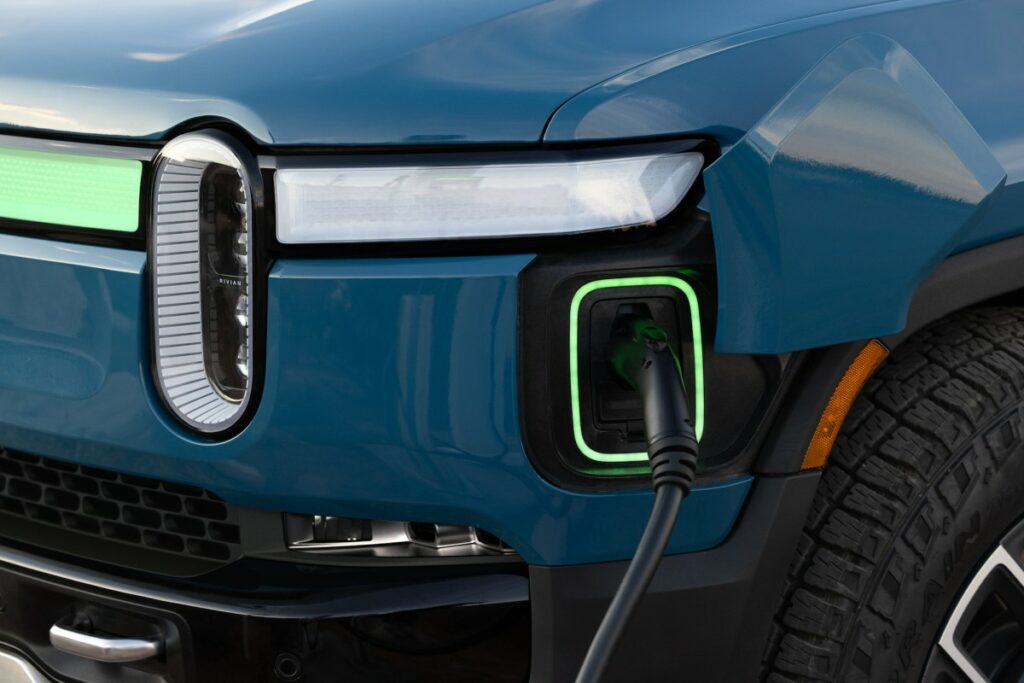Ride-hail and delivery giant Uber is introducing cheap, fixed-route rides along busy corridors during weekday commute hours in major U.S. cities – one solution to a world that feels, for most people, more expensive everyday.
Starting Wednesday, riders in Baltimore, Boston, Chicago, Dallas, New York City, Philadelphia, and San Francisco will be able to save 50% off the price of an UberX trip by booking with Uber’s new “Route Share” feature.
The company announced Route Share and other new features and discounts designed to help customers save money on rides and deliveries at its annual Go-Get event. The aim is to attract and maintain a loyal customer base that continues to use the Uber app in spite of outside economic pressures.
The commuter shuttles will drive between pre-set stops every 20 minutes, according to Sachin Kansal, Uber’s chief product officer. He noted that there will be dozens of routes in each launch city – like between Williamsburg and Midtown in NYC. The routes, which are selected based on Uber’s extensive data on popular travel patterns, might have one or two additional stops to pick up other passengers. To start, riders will only ever have to share the route with up to two other co-riders.
Riders can book a seat anywhere from seven days to 10 minutes before a scheduled pickup, and the app will provide them with turn-by-turn directions to get them from their house to the corner where they’ll be picked up.
Uber is relying on the same underlying technology that it uses for Uber Share, its shared rides offering where riders can get 15% to 30% off the cost of an UberX ride by pooling with others. Kansal told TechCrunch that Uber completes millions of shared trips annually and has been seeing more traction lately as riders look for more ways to save. Hence, Route Share.
“Because of the size of our network, both on the consumer side as well as the driver side, and our core matching and market-based technology, it allows us to do something like this and put multiple people in the same car while creating efficiency and predictability for their commute,” Kansal told TechCrunch.
Uber envisions a future where Route Share could qualify for pre-tax commuter benefits. However, as a spokesperson noted, the company would need to find a way to match those trips with Uber XL vehicles. That’s because only six-seater vehicles would meet the eligibility requirements.
A potential progression of Route Share would involve autonomous vehicles, particularly in chaotic cities like New York City where no self-driving car companies have deigned to test in.
Uber has partnerships with 18 AV companies and during its first-quarter earnings delivery last week, the company reported it has grown to an annualized rate of 1.5 million mobility and delivery AV trips on the Uber network.
One of Uber’s more recent AV partners is with Volkswagen. The two plan to work together to add autonomous versions of VW’s ID. Buzz AD electric vehicles to the Uber app – specifically for shared rides – starting in Los Angeles in 2026.
“You can see a natural extension of us being able to bring Route Share to autonomous vehicles, as well,” Kansal said. “[Route Share] has a lot of advantages for the autonomous vehicle. It’s a very well-defined route, and so the pickups and drop offs are predictable.”
Other ways frequent Uber users can save

Each of Uber’s Get-Go events has a theme. Last year, it was focused on ways to help people spend more time together. This year, with economic uncertainty looming due to President Trump’s tariffs, mass layoffs across the tech world, and AI coming for all our jobs, Uber is focusing on cost savings for riders. In the process, Uber hopes to create a predictable cash flow and stickiness that keeps riders engaged with Uber.
“Of late, what we have heard very loud and clear is people feel very uncertain, people feel overwhelmed, and people are feeling the prices in many different walks of life, and there’s this need and desire to get more affordable options,” Kansal said. “So everything we’re announcing is squarely focused on how we make life more affordable for them.”
One of Uber’s new features is “ride passes” which riders can use to “protect their price for a 1-hour window each day on their selected routes.” There’s two ways this will work. Either riders can pay $2.99 to lock-in a price on a specific route, or they can pay up-front and buy a bundle of prepaid trips. They can buy five, 10, 15, or 20 rides for an “even deeper discount.”
The price lock offer will be available for riders in Chicago, Dallas, Houston, Las Vegas, Miami, Nashville, Orlando, Phoenix, San Francisco, and Washington D.C. starting Wednesday, with the rest of the U.S. and Brazil to follow. In the fall, price lock and prepaid passes will be available for teen accounts, too.
On the Uber Eats side of things, Uber is going deeper into its partnership with OpenTable and launching a feature called Dine Out, which lets customers in the U.S., Canada, Mexico, the U.K., Ireland, and Australia book tables via OpenTable on the Uber app. When they reserve (either on the Uber app or on OpenTable’s app), they’ll get a discount on an Uber ride to the restaurant. Additionally, OpenTable members will soon be able to use their points on Uber and Uber Eats – not unlike Uber’s partnership with Delta Air Lines.
These kinds of deals could offer savings for riders, particularly during peak demand times when surge pricing is in effect. But they’re likely more beneficial for people who frequently use Uber’s service. Prepaid packages often feel cheaper due to upfront discounts, but riders could also overestimate how much they’ll use them.
Uber’s pricing strategy is also not transparent, and some reports have suggested that riders with prepaid credits or gift cards get higher fare quotes compared to those paying per ride. (Anecdotally, whenever I switch from my payment method from my personal card to my business card, the price of the ride jumps a few dollars.)
An Uber spokesperson told TechCrunch the price lock feature is based on historical prices of that trip, and the prepaid pass protects against price spikes and adds discounts that are also based on historical prices.


